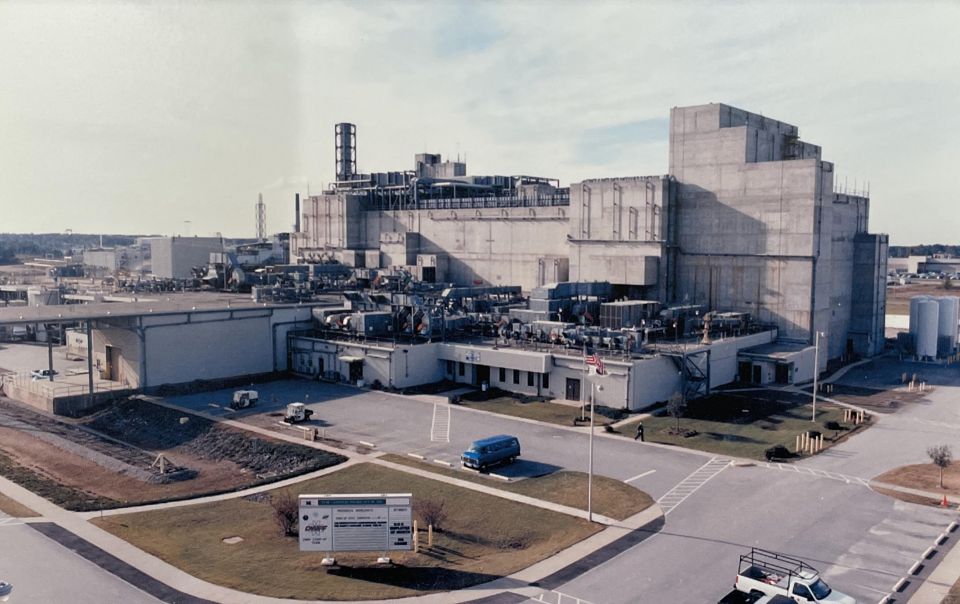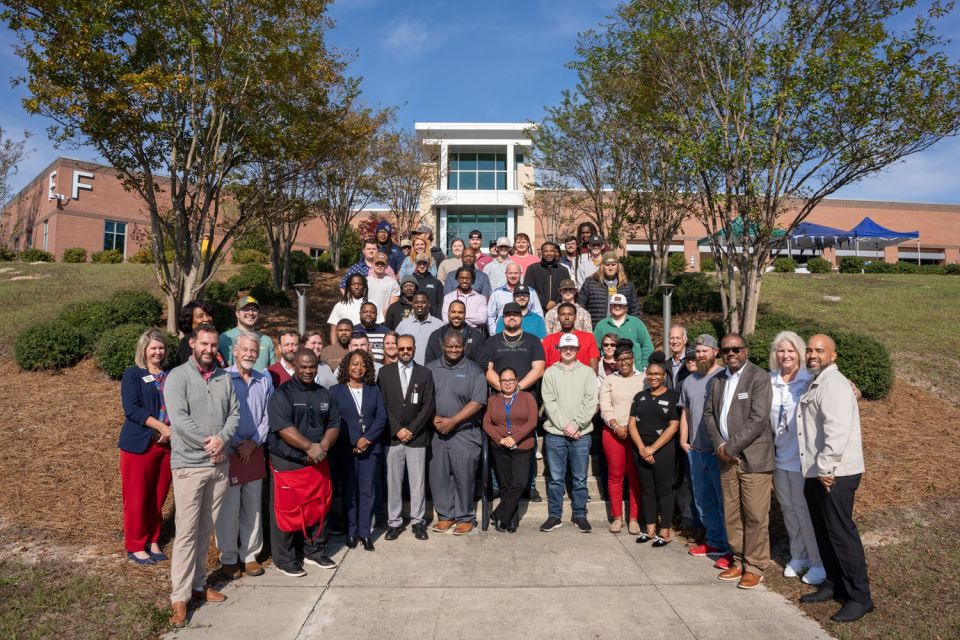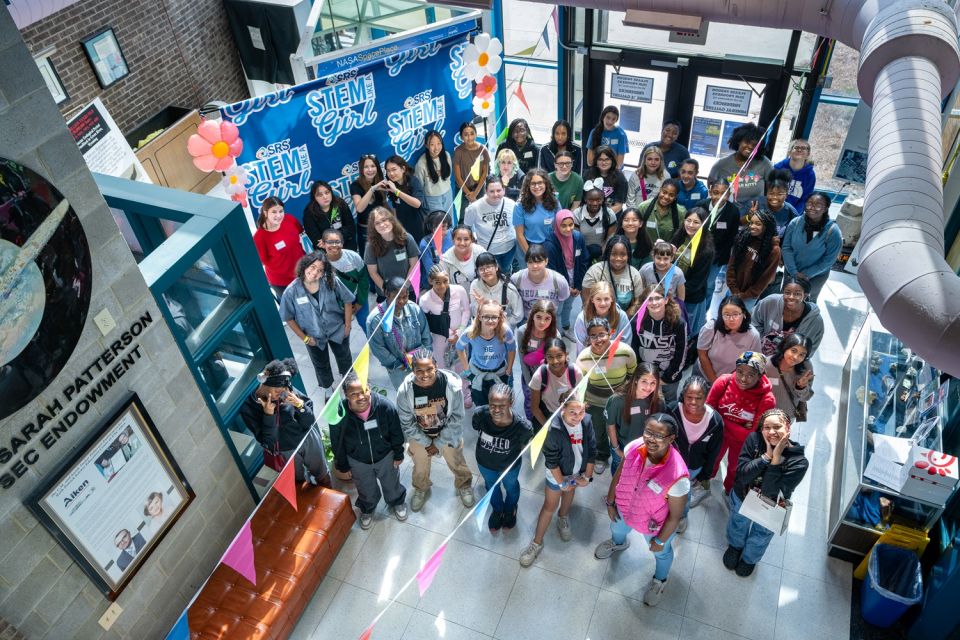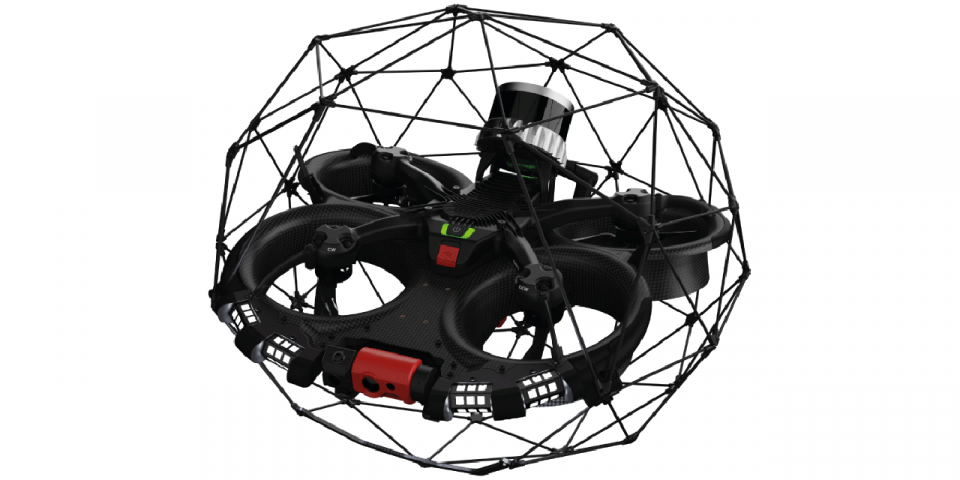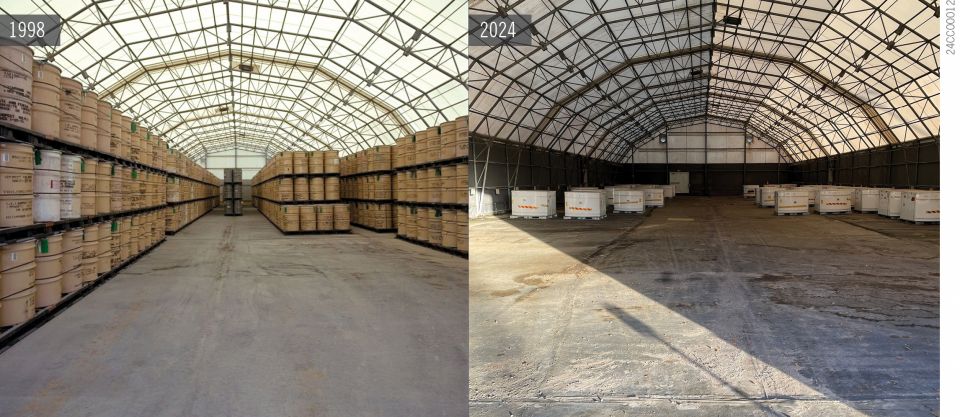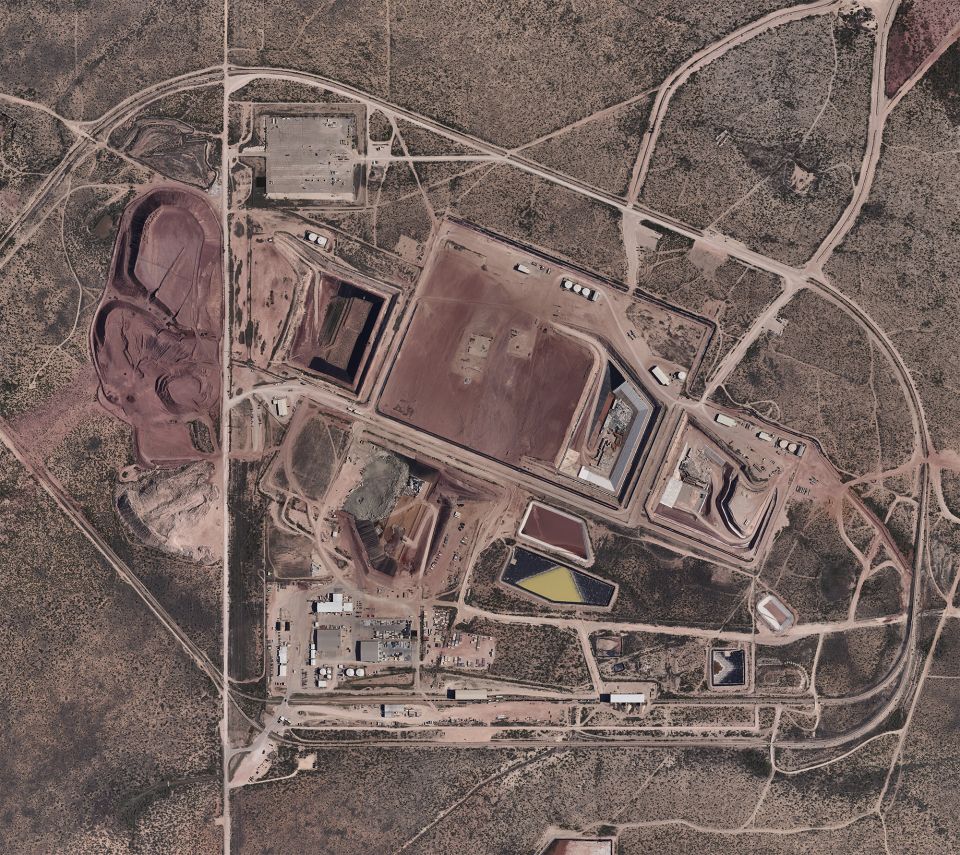Japanese fuel disposition mission starts at Savannah River Site
Employees at the H Canyon Chemical Separations Facility at the Department of Energy’s Savannah River Site in South Carolina recently began the dissolution of nuclear material from a Japanese research reactor, leading to its safe disposal.
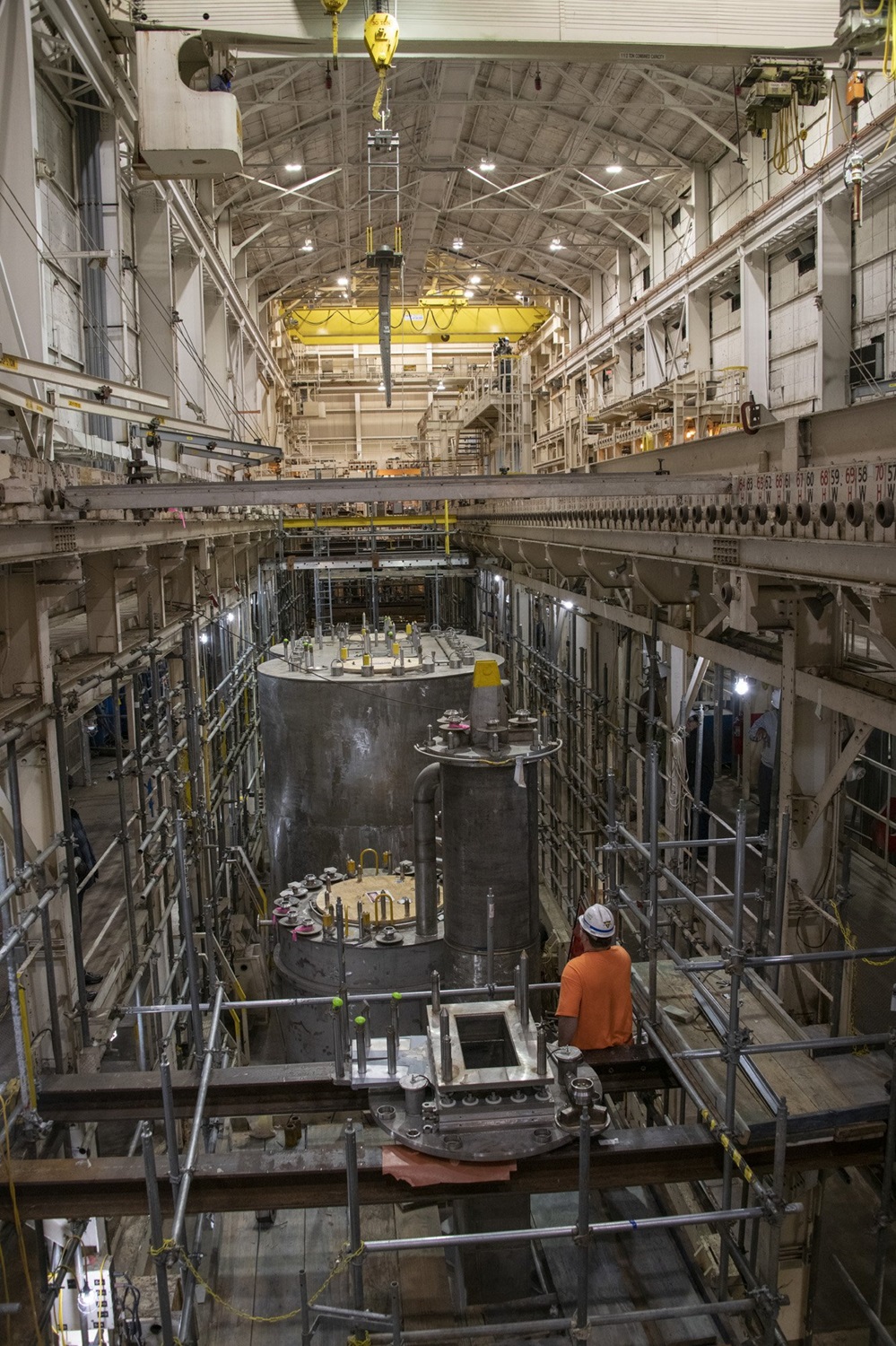
Crews installed an electrolytic dissolver in the H Canyon Chemical Separations Facility to dissolve nuclear material. Before installing the dissolver, employees conducted test runs in a mock-up facility. (Photo: DOE)
The work, which follows years of preparation by multiple site contractors, involved replacement of an electrolytic dissolver and its support equipment to process Japan’s fast critical assembly (FCA) fuel. The electrolytic dissolver system was designed and custom built by SRS in the 1960s, and the replacement required extensive planning, testing, and engineering to revitalize this one-of-a-kind capability.
“The FCA fuel is different than the other material we have recently been dissolving in H Canyon, because it is coated in stainless steel cladding rather than aluminum,” said Janice Lawson, senior vice president of environmental management operations for Savannah River Nuclear Solutions, the site’s management and operations contractor. “The other dissolvers in the canyon are chemical dissolvers that use nitric acid to process the fuel. However, nitric acid alone doesn’t work on stainless steel.”
Past work: H Canyon has performed electrolytic dissolution before. From 1969 to 1980, the facility used this method for fuel clad in stainless steel and zirconium.
The fuel is lowered into a nitric acid solution, and electricity is used to dissolve the stainless-steel cladding and fuel. This produces a liquid that is sent through the site’s liquid waste facilities, where it is made into glass through the vitrification process. It is then safely stored onsite until a federal repository is identified.
“I’ve had the privilege of seeing this material arrive at the site in 2016 as well as the opportunity to oversee the progress and hard work it took to get to the point of dissolution,” Lawson said. “The team has faced a lot of hurdles to get here, but [they] have used their ingenuity, capacity for teamwork, and their vast knowledge to make this happen. This is a big day for DOE, the [National Nuclear Security Administration], the Japan Atomic Energy Agency, SRS, and the entire nation.”
The fuel: The Japan Atomic Energy Agency sent the FCA plutonium fuel along with funding for the disposition to SRS, fulfilling a pledge by Japan and the United States to remove all separated plutonium and highly enriched uranium from the FCA reactor in Japan. The fuel is currently stored on-site and is being transferred to H Canyon for dissolution on a prescribed schedule. The entire campaign is expected to take 18–24 months to complete, according to the DOE.
“We appreciate the employees of H Canyon, K Area, Savannah River National Laboratory, Savannah River Mission Completion, and Centerra for their partnership and commitment to this non-proliferation mission,” said Virginia Kay, NNSA director of the Office of Plutonium Disposition. “Preventing nuclear weapons proliferation and reducing the threat of nuclear and radiological terrorism around the world are key U.S. national security strategic objectives. The startup of this mission is a testament to the ability of SRS to handle the nation’s critical nuclear materials challenges.”


